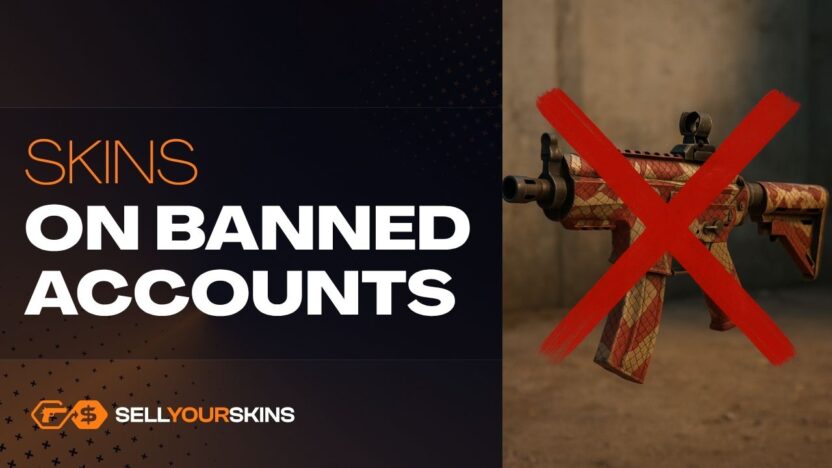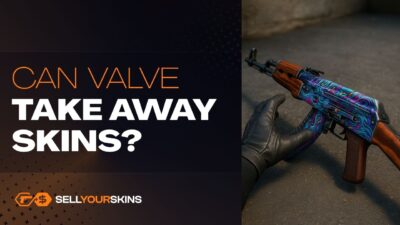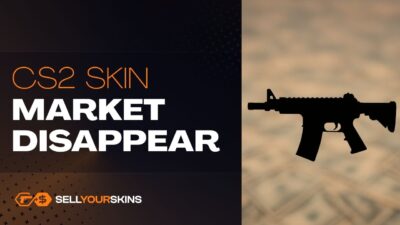In the world of CS2, a skin isn’t just a cosmetic – it often represents real value, sometimes worth hundreds or even thousands of dollars. So it’s no surprise that many players wonder what happens to these items when an account is banned by the VAC (Valve Anti-Cheat) system. The short answer: you don’t physically lose your skins, but they lose all their value because they can no longer be sold or traded. They remain on the account – permanently locked away.
VAC Ban = Complete Inventory Lock
When an account receives a VAC ban, the owner loses access to all trading and market features. Every skin, sticker, case, and other item remains bound to the account but becomes completely non-transferable. You can’t send them, sell them on the Steam Market, or use them in trade-ups. In practice, this means that from the market’s perspective, such skins cease to exist. They’re still visible on the banned profile, but their trade value drops to zero.
Skins Remain, but Only as “Souvenirs”
From a technical standpoint, skins on a banned account don’t disappear from Valve’s database. The owner can still open their inventory, view them, or even launch the game offline. But that’s where it ends. The VAC system doesn’t lift bans, so even if a skin is incredibly valuable – like a Dragon Lore, Karambit, or gloves – there’s no way to recover it. For the CS2 community, this has become a kind of digital graveyard – a place where skins end up that will never return to the market. On forums, you’ll often see screenshots of such profiles accompanied by comments like: “Rest in peace, Karambit.”
Why Cheating Is Never Worth It
Some players might think that cheating “just for fun” or using hacks temporarily doesn’t matter. But in reality, the risk of losing your entire inventory is far too high to ever make it worthwhile. VAC operates automatically, and its decisions cannot be appealed. One mistake – one instance of running unapproved software – and your whole inventory becomes worthless. History is full of CS:GO and CS2 cases where players lost items worth tens of thousands of dollars simply because they took that risk. In short: cheats might win you a match, but they’ll kill your skins.
Can You Protect Your Skins?
There’s no 100% safe method, but many players spread their inventories across multiple accounts. For example, they keep everyday play skins on one account and expensive collector’s items on another that they rarely log into. This way, if one account is banned, the rest of the inventory remains safe. It’s a smart strategy, especially if you own high-value items. You should also always protect your account: enable Steam Guard, avoid suspicious websites, and never accept unknown files or links.
Skins from banned accounts don’t disappear, but they become worthless. You can’t sell them, trade them, or recover them. From the market’s perspective, they’re dead assets – visible only on the profile of a player who’s lost trading privileges. That’s why the smartest approach is to play fair, avoid risky software, and distribute your inventory safely. In CS2, one bad decision can cost more than your entire PC – because when VAC strikes, even the rarest skin turns into a digital keepsake with no value.



